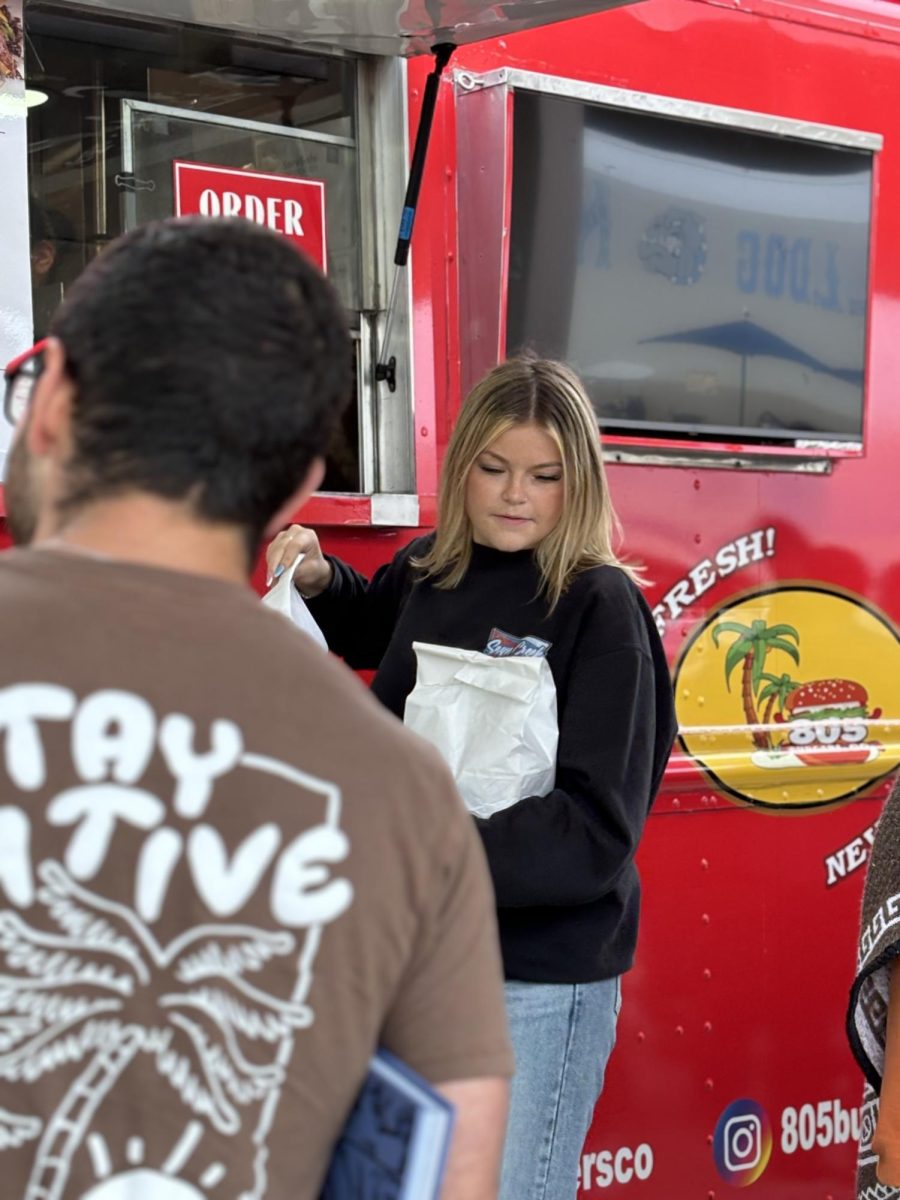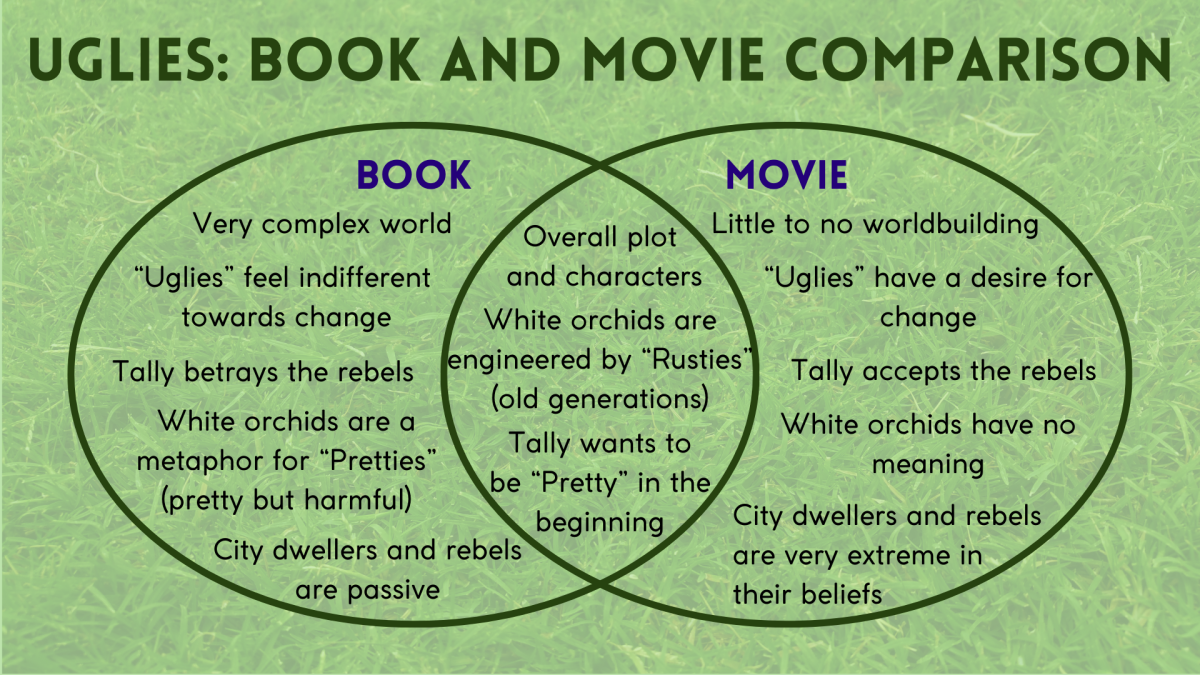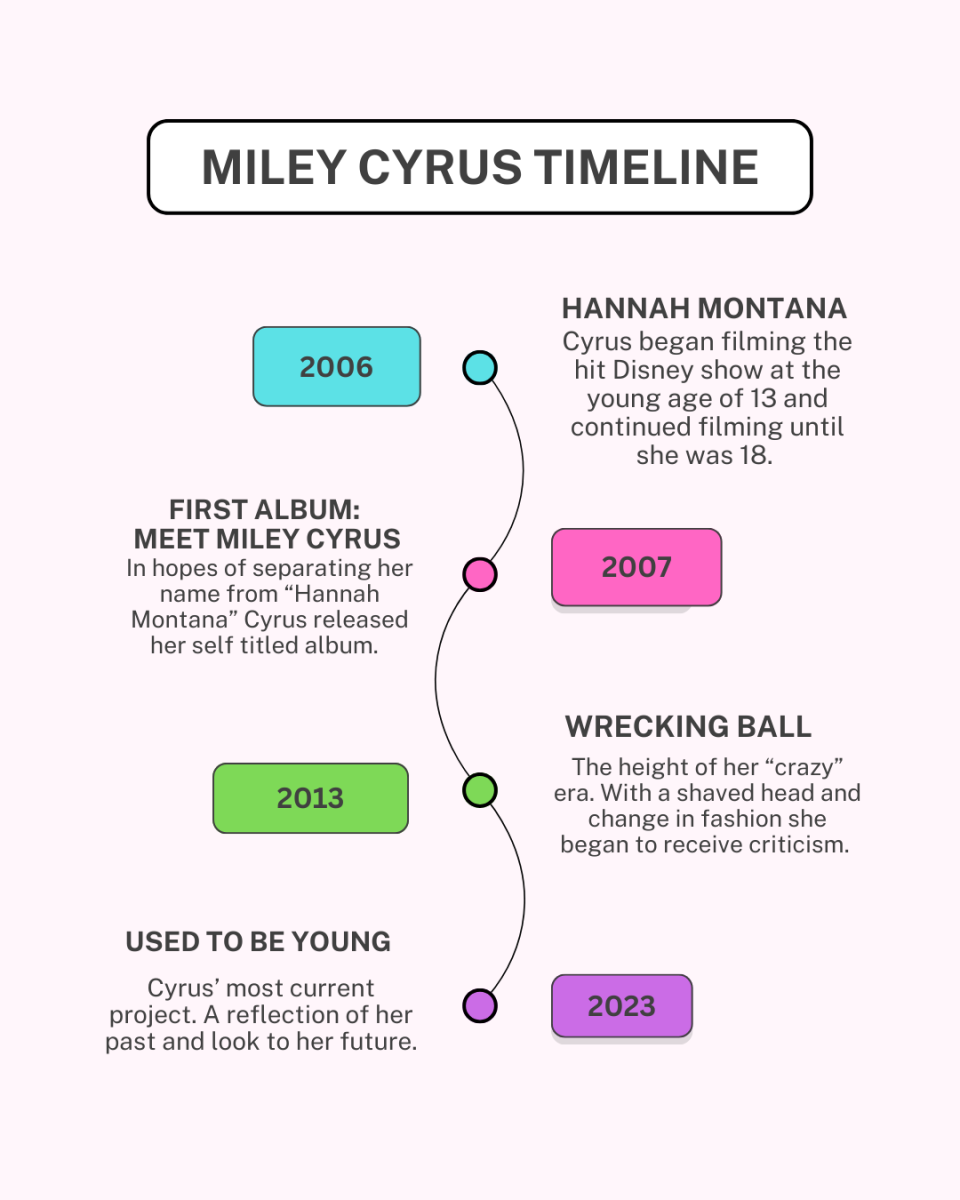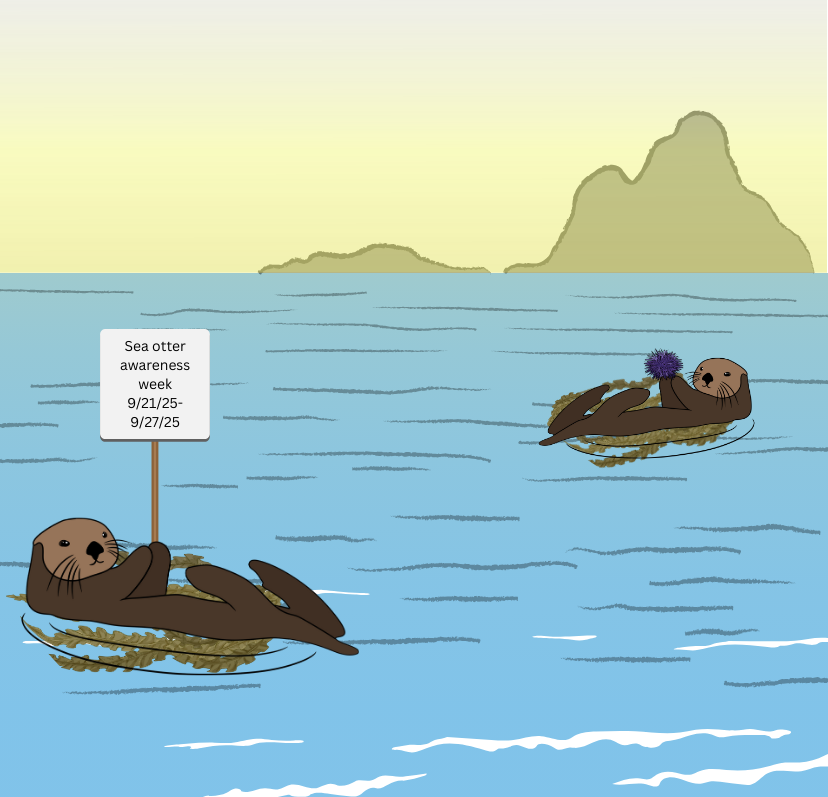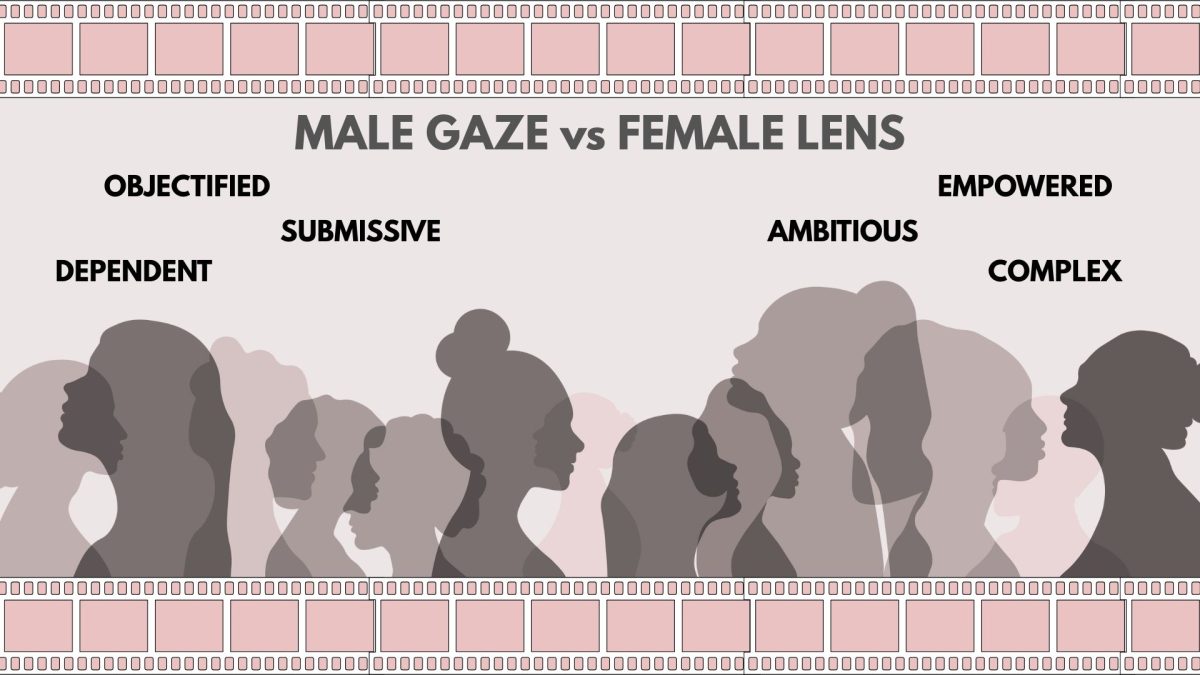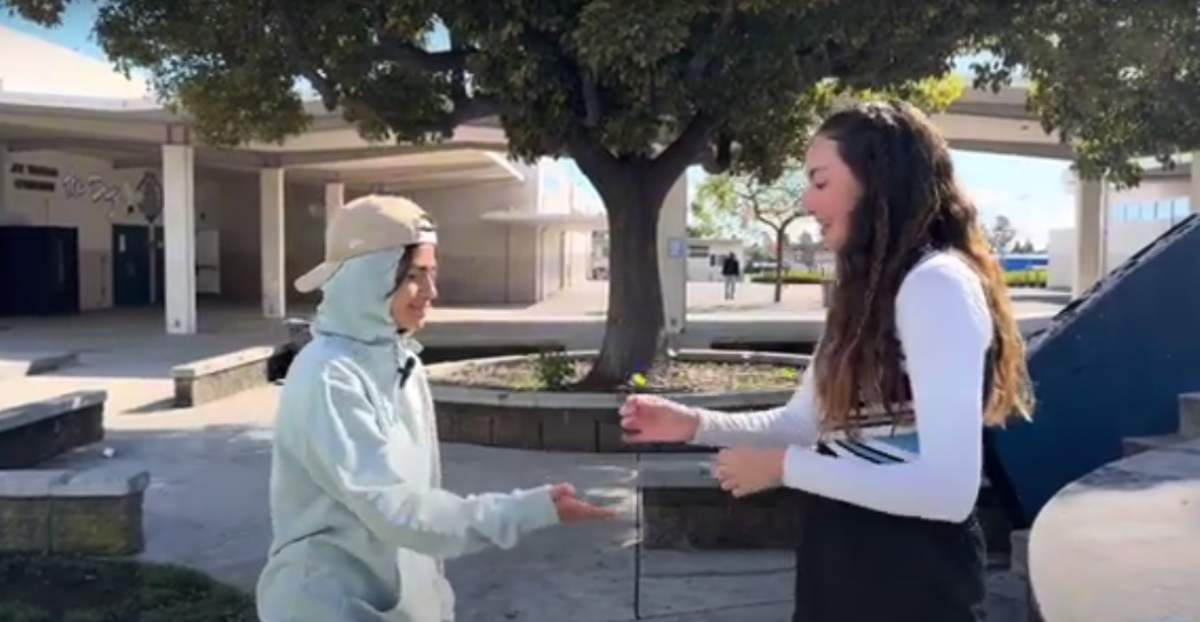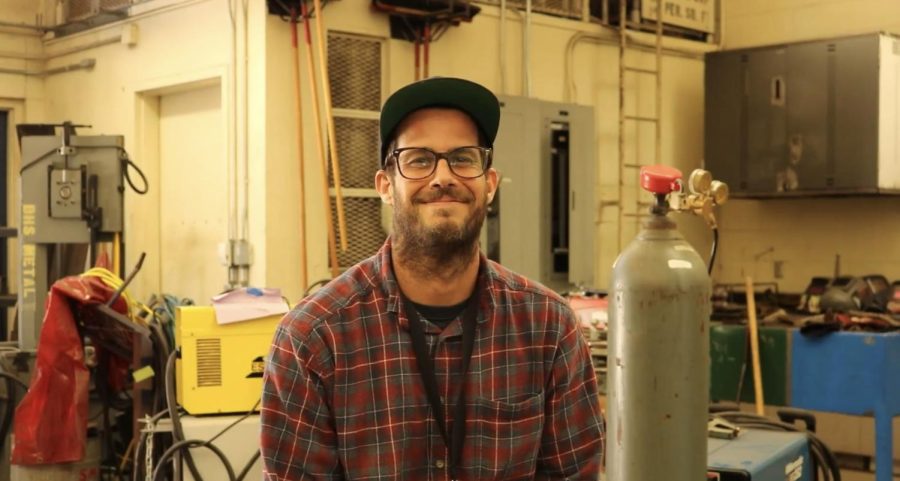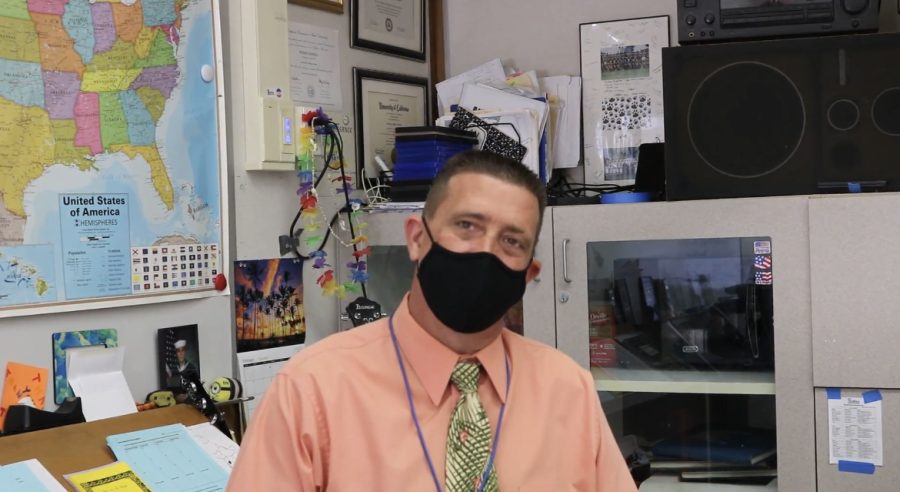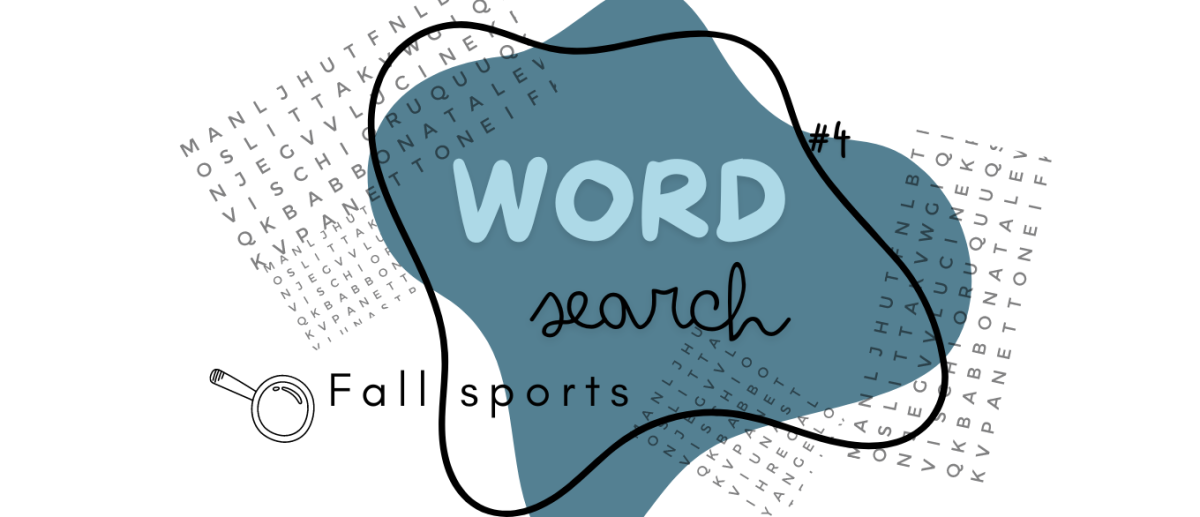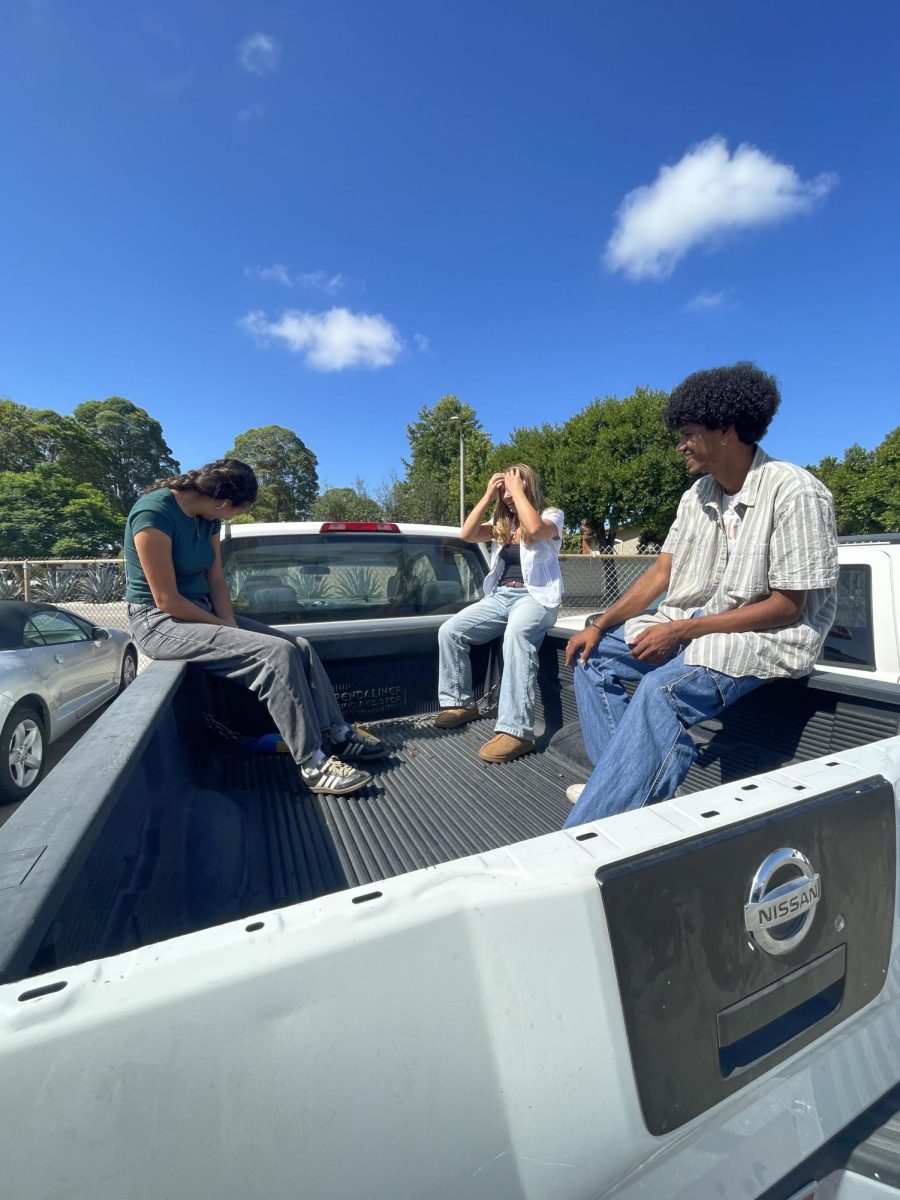Every year during the last week of September, aquariums and fans celebrate and recognize the importance of the adorably fluffy marine mammal seen floating around: the sea otter.
Sea otters (Enhydra lutris) live along the Pacific coast starting from central California where the southern sea otter resides, all the way up to Washington and Alaska where northern sea otters can be found. Sea otters are part of the weasel family, which also includes wolverines and river otters.
The southern sea otter, or California sea otter in particular, can be found mainly off the central coast and even up to the San Francisco area sometimes. While sea otters rarely float this way to Ventura, they can be found if one goes a little north. Southern sea otters used to stretch along the entire California coast, but due to overhunting for their fur to make coats, they were cut down to a few colonies numbering less than a hundred. It wasn’t until the 1900s that the population began to recover due to legal protection and is still recovering with the southern sea otter marked as threatened with around 3,000 alive in the wild.

Having the thickest fur in the animal kingdom, sea otters routinely fluff their fur around their face to keep it maintained for the cold water temperatures. These marine mammals are unique in that they do not have blubber to keep them warm, making fur maintenance essential to surviving. Due to their thick fur, sea otters were unfortunately hunted to near extinction from the 1700s to the early 1900s. Today, the sea otter population is slowly increasing thanks to conservation efforts by groups all around the world, such as the Monterey Bay Aquarium in Monterey, California that started the first sea otter surrogacy program and the Aquarium of the Pacific in Long Beach, California.
Otters also have some delightful behaviors that also serve as practical ones that aid in their survival. For instance, sea otters have folds in their skin that act as pockets to hold food or rocks to use to break open their food for later. They are also known to hold hands with other otters and wrap themselves in kelp when sleeping to not float away.
Not only are sea otters cute, but they also are vital to maintain a healthy marine ecosystem and climate. Designated as a keystone species, sea otters keep kelp forest healthy and growing by eating sea urchins, the purple spiky invertebrate that cut down on kelp that make up the forests that many species call home to.
Additionally, kelp forests take in carbon dioxide from the atmosphere, which helps combat climate change. Without sea otters, the kelp forest ecosystem that so many marine life call home would get destroyed by sea urchins, stressing why sea otters are a vital part of the marine ecosystem and environment.
“Having an awareness week gets people’s attention on the fact that there are animals that do need protection and stuff like that so that we can keep our oceans healthier,” senior Tegan Farnsworth said.
Farnsworth is an avid fan of sea otters, originally becoming interested in sea otters back in 2022 after watching the Monterey Bay Aquarium live camera of the sea otters. You can find the live camera of the sea otters here.
As sea otter awareness week wraps up, take some time and celebrate sea otters, you otter appreciate them!





